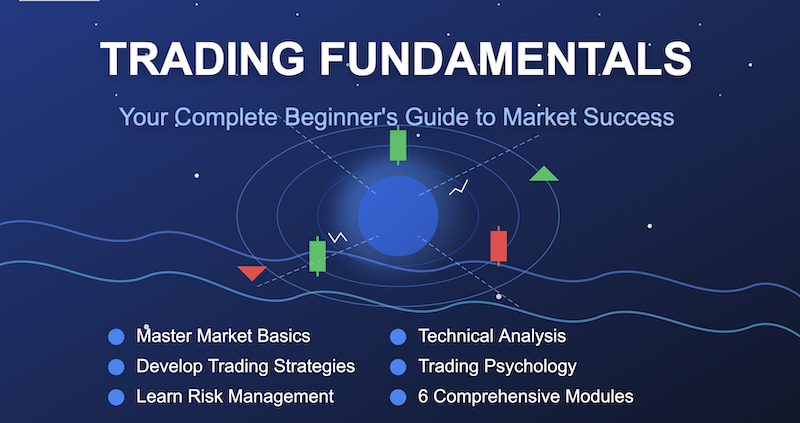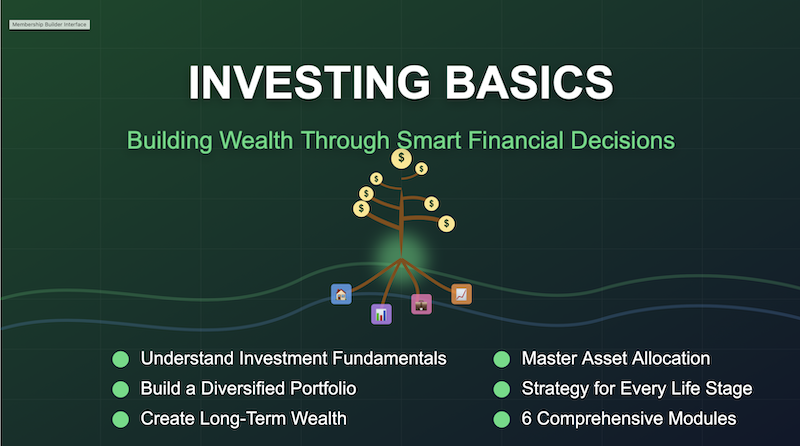The Correlation Trap - Why Your "Diversified" Portfolio Isn't
Key Points
⚡True diversification goes beyond owning different stocks
⚡Correlations change dramatically during market crashes
⚡Geographic and sector diversification matter more than stock count
⚡Professional traders focus on uncorrelated risk factors, not just asset classes
In 2008, my colleague Sarah thought she was brilliant. She owned 50 different stocks across 10 sectors. Her portfolio looked like a rainbow – technology, healthcare, finance, energy, consumer goods.
When the crash hit, everything fell together. Her "diversified" portfolio dropped 45%.
Her neighbor John owned just 10 positions: some stocks, some bonds, some gold, some international funds, and some real estate. His portfolio dropped 12%.
Sarah learned that owning 50 flavors of ice cream doesn't help when the entire freezer breaks.
The Circus Act Illusion
Diversification is like a circus performer spinning plates. Most people think success means spinning more plates. But professionals know it's about spinning plates that won't all fall at the same time.
You can own 100 tech stocks, but they're all spinning on the same wobbly table. When that table shakes (like when interest rates change), all your plates crash together.
Better to spin fewer plates on different tables entirely.
The Correlation Ghost
Here's the spooky part about correlations: they're invisible until you need them most.
During calm markets, your stocks might move independently. Apple goes up while Exxon goes down. Tech thrives while energy struggles. You feel diversified.
But when panic hits, correlations spike toward 1.0. Everything moves together, and usually downward. It's like discovering all your different insurance policies have the same company backing them – right when you need to file a claim.
The 2008 financial crisis proved this. Stocks that normally had little relationship suddenly moved in lockstep. Real estate, stocks, commodities – all crashed together.
The Geography Lesson
Smart diversification looks at a map, not just a sector list.
When the U.S. market catches a cold, sometimes European markets sneeze. But sometimes they don't. Different countries have different economic cycles, interest rates, and problems.
A portfolio with 60% U.S. stocks, 25% international developed markets, and 15% emerging markets behaves differently than one with 100% U.S. stocks, even if both have the same number of holdings.
Think of it like weather. A storm might hit your hometown and the next city over. But it's less likely to hit your hometown, London, Tokyo, and São Paulo all at once.
The Time Diversification
Here's a diversification trick most people miss: time.
Dollar-cost averaging isn't just about discipline. It's about diversifying across different market conditions. You buy some shares when the market is expensive, some when it's cheap, and some when it's in between.
Professional traders take this further with rebalancing. When stocks are up big, they sell some and buy bonds. When stocks crash, they do the opposite.
This feels wrong – selling winners and buying losers. But it's mathematically brilliant. You're constantly buying low and selling high without trying to time the market.
The Factor Approach
The most sophisticated diversification doesn't think in terms of stocks and bonds. It thinks in terms of risk factors.
Market risk (how stocks move together). Size risk (small companies vs. large ones). Value risk (cheap stocks vs. expensive ones). Quality risk (strong companies vs. weak ones). Momentum risk (rising stocks vs. falling ones).
A truly diversified portfolio balances exposure to these factors, not just asset classes.
The Alternative Route
Real diversification often means owning things that don't feel like investments.
Gold doesn't pay dividends or grow earnings. It just sits there. But when inflation spikes or markets crash, it often does well when everything else does poorly.
REITs, commodities, TIPS (inflation-protected bonds) – these aren't exciting. But they zig when traditional assets zag.
The Professional Secret
Here's what professionals know that amateurs don't: diversification isn't about maximizing returns. It's about sleeping well.
A concentrated portfolio might outperform in good times. But a diversified portfolio lets you stay invested through bad times.
And staying invested through bad times is how wealth compounds over decades.
The Implementation Reality
True diversification is harder than it sounds because it requires owning things you don't like.
When growth stocks are soaring, value stocks feel boring. When U.S. markets are crushing it, international feels foolish. When stocks are flying, bonds feel pointless.
But that discomfort is the point. If diversification feels good all the time, you're not doing it right.
The Insurance Analogy
Think of diversification like medical insurance. You don't buy it hoping to get sick. You buy it so that if you do get sick, you don't go bankrupt.
Some parts of your portfolio will always underperform. That's not a bug – it's a feature. Those lagging positions are your insurance against the unexpected.
Sarah's 50-stock portfolio felt diversified but wasn't insured against systematic risk. John's 10-position portfolio was actually diversified because it was insured against multiple types of risk.
Don't be Sarah. Be John.











